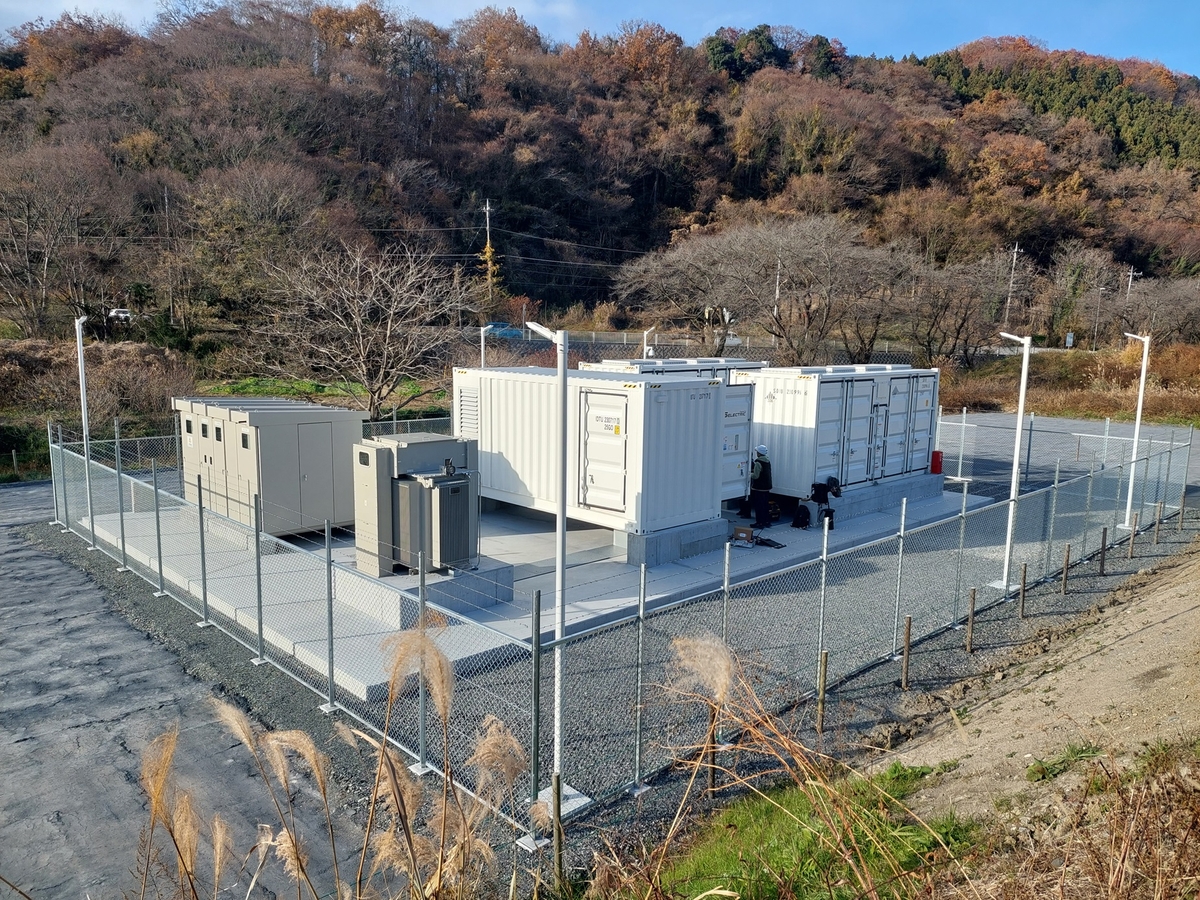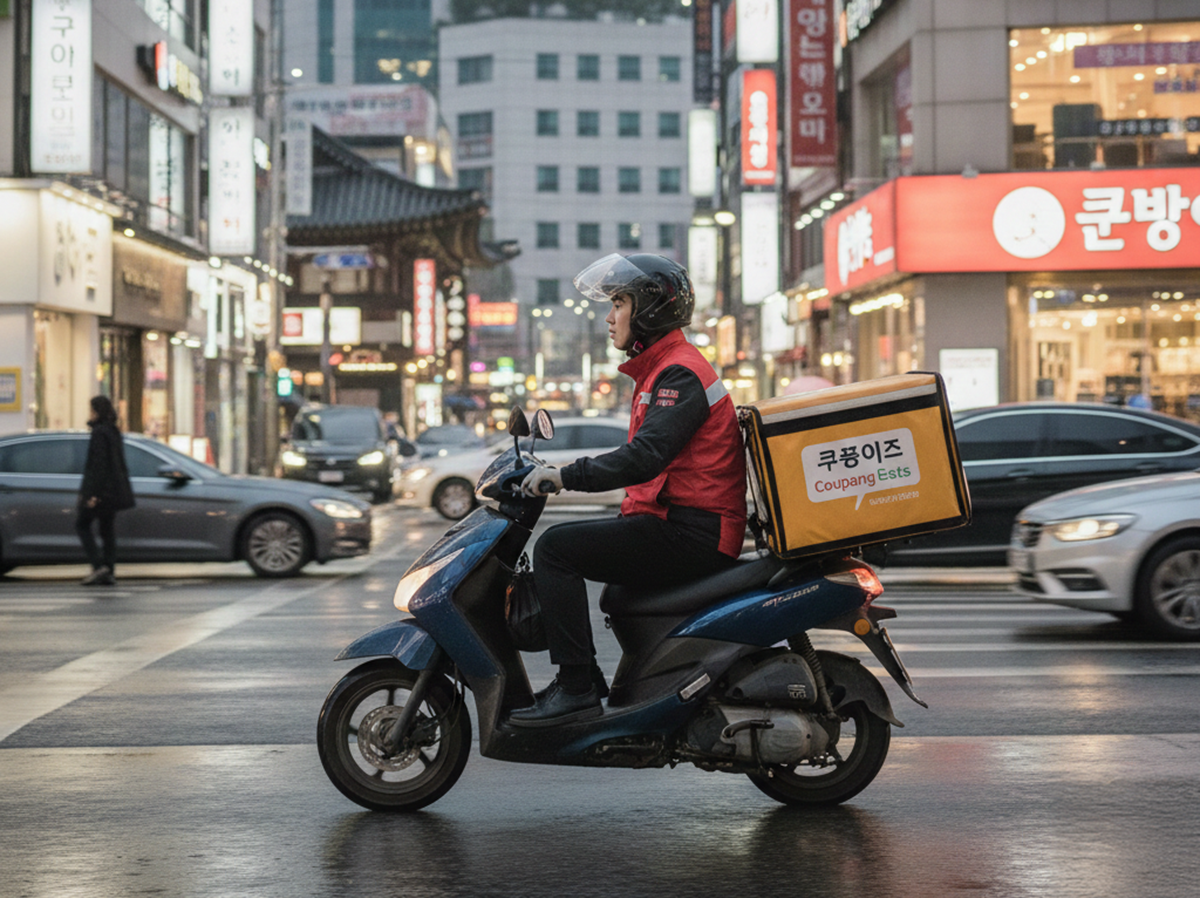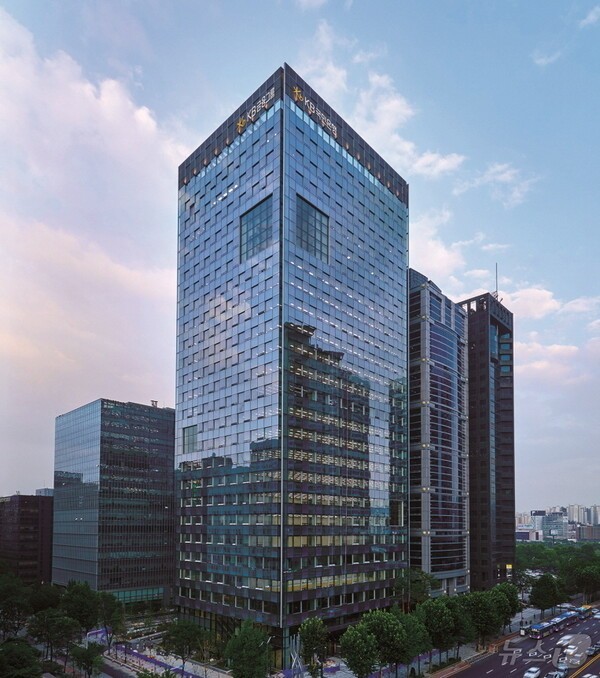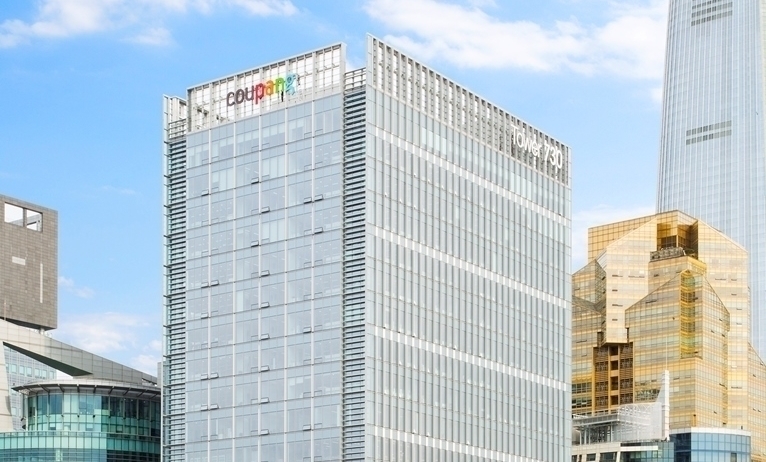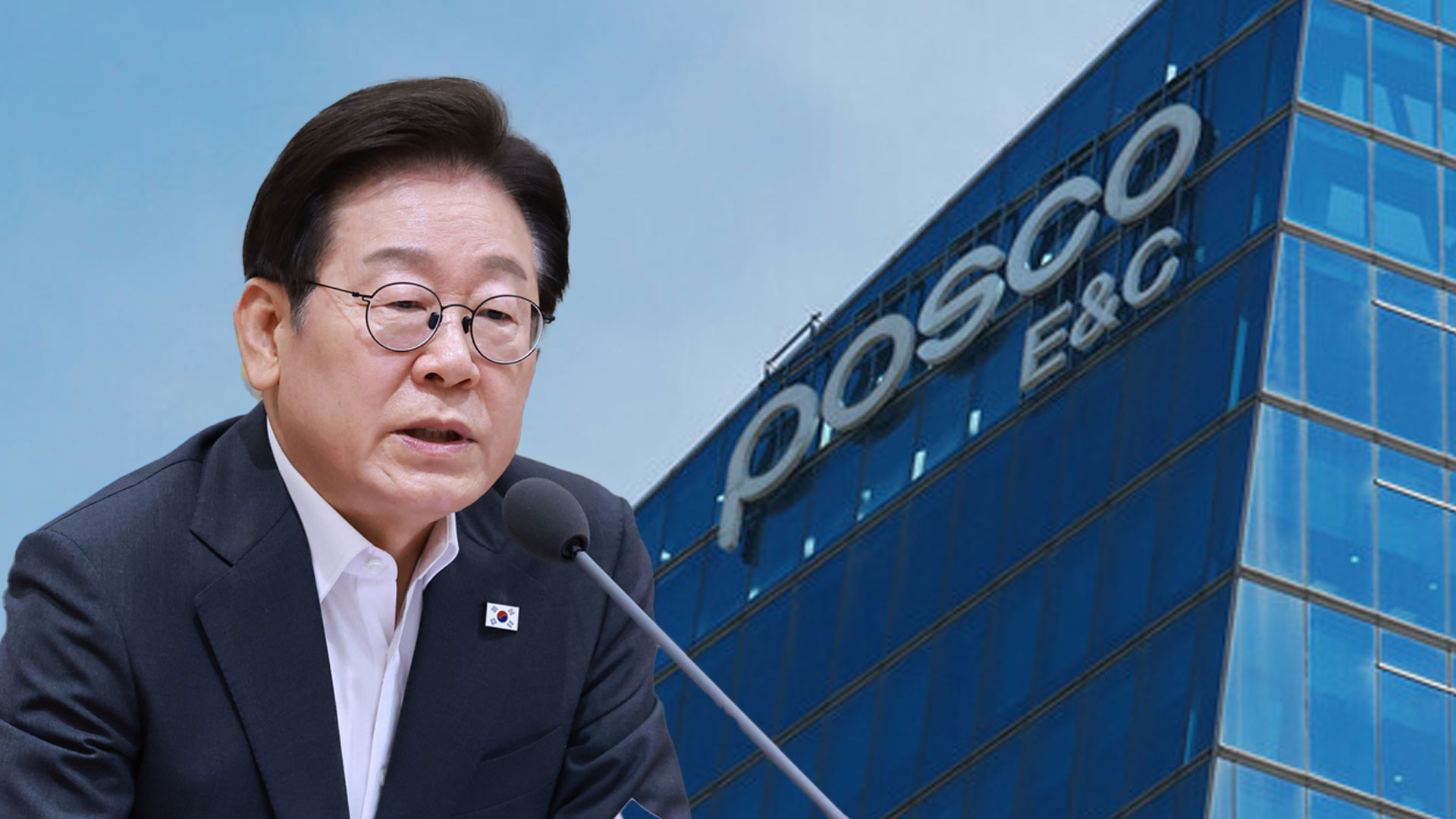
Just two days into President Lee Jae-myung’s administration, South Korea’s benchmark KOSPI index has surged over 100points, breaking past the 2,800 mark.
Improved market liquidity, evident in the highest trading volume seen in 24 months, has helped fuel the rally in the country’s equity markets.
This sharp rebound comes after six months of political uncertainty, which began late last year following former President Yoon Suk-yeol’s declaration of martial law and was resolved with the recent change in leadership.
Investor confidence has significantly increased in response to the new administration’s strong commitment to addressing the “Korea discount”—the persistent tendency for Korean stocks to trade at lower valuations compared to their peers in other developed markets—as well as its plans for reforming capital market regulations and enhancing shareholder value. These policy signals have prompted aggressive buying from foreign investors.
According to data from the Korea Exchange (KRX) and NextTrade, South Korea’s alternative trading platform, the average daily trading volume for the KOSPI and KOSDAQ markets in June reached 18.1 billion as of June 5th. This level marks the highest average since July 2023, when the figure stood at 18.1 billion as of June 5th.
This level marks the highest average since July 2023, when the figure stood at 18.1 billion as of June 5th. This level marks the highest average since July 2023, when the figure stood at 19.8 billion.
While the current tally reflects only three trading days, it has already surpassed the previous monthly high for 2025, which was 15.5 billion in February.
After reaching 15.5 billion in February. After reaching 15.5 billion in February. After reaching 15.1 billion in May and recovering above the $14.7 billion mark, the daily volume has shown a clear upward trend.
Market dynamics shifted significantly immediately following President Lee’s inauguration. On June 4th, the first day of his presidency, combined trading volume on the KOSPI and KOSDAQ markets hit 19.4 billion.
This was a substantial 19.4 billion. This was a substantial 19.4 billion. This was a substantial 5.7 billion increase compared to the $13.6 billion recorded on June 2nd, the trading day just before the early election.
On June 5th, volume surged even further to 21.4 billion, nearly touching the 21.4 billion, nearly touching the 21.4 billion, nearly touching the 22 billion level.
This represents the largest daily volume in 446 trading days, since August 1st, 2023, when a rally driven by battery-related stocks saw record-setting volume supported by heavy retail investor demand.
Foreign investors, who turned net buyers in May after nine consecutive months of outflows, have continued to strengthen their buying momentum into June.
The strengthening Korean won against the U.S. dollar is also contributing to market optimism. For U.S.-based investors, a strengthening won means that when they convert their earnings from Korean stocks back into U.S. dollars, they receive more dollars. This potential for foreign exchange (FX) gains adds to the attractiveness of Korean equities.
Market analysts expect the rally to continue in the short term, supported by improving foreign capital inflows and optimism surrounding the new administration’s policies.
However, analysts also caution that the recent strong performance could trigger profit-taking, potentially leading to a short-term market pullback.
Investor sentiment could also be negatively affected if the U.S. Consumer Price Index (CPI), scheduled for release on June 11th, comes in higher than expected, or if demand is weak at the upcoming 10-year U.S. Treasury auction.



